Study Demonstrates Similarities Between Ice Age Adolescents' Puberty and Modern Youth
Study Demonstrates Similarities Between Ice Age Adolescents' Puberty and Modern Youth
Study Demonstrates Similarities Between Ice Age Adolescents' Puberty and Modern Youth
Oct 8, 2024
Oct 8, 2024
Oct 8, 2024

Artistic reconstruction of Romito 2, a 16-year-old with dwarfism who lived 11,000 years ago. Crédito: Olivier Graveleau.
Artistic reconstruction of Romito 2, a 16-year-old with dwarfism who lived 11,000 years ago. Crédito: Olivier Graveleau.
Artistic reconstruction of Romito 2, a 16-year-old with dwarfism who lived 11,000 years ago. Crédito: Olivier Graveleau.
A new study on the skeletal remains of Ice Age adolescents reveals that the puberty process of these ancient youths was surprisingly similar to that of modern teenagers.
A new study on the skeletal remains of Ice Age adolescents reveals that the puberty process of these ancient youths was surprisingly similar to that of modern teenagers.
A new study on the skeletal remains of Ice Age adolescents reveals that the puberty process of these ancient youths was surprisingly similar to that of modern teenagers.
A recent study on the skeletal remains of Ice Age adolescents has uncovered that the puberty process of these ancient youths was remarkably similar to that of today's teenagers. The research provides unprecedented insights into how these young people lived and developed during a prehistoric period often associated with harsh living conditions.
When Did Ice Age Adolescents Begin Puberty?
Analyzing the bones and teeth of 13 Ice Age adolescents using a method developed by researcher Mary Lewis from the University of Reading, the study showed that these youths began puberty around 13.5 years old and reached adulthood between 17 and 22 years old. This timeline aligns with that of adolescents in developed countries today.
Researchers analyzed canine teeth mineralization and the maturation of specific bones—such as those in the hands, elbows, wrists, neck, and pelvis—to assess each individual's stage of puberty.
Surprisingly Healthy Development
Contrary to the expectation that Ice Age adolescents faced adverse health conditions, the analyzed skeletons indicate healthy development during puberty. This challenges the belief that harsh prehistoric living conditions significantly impacted these youths' growth and physical development.
One of the most fascinating cases was that of Romito 2, the oldest known individual with dwarfism. By analyzing his bones, scientists concluded that he was in the middle of puberty. Despite his youthful appearance due to his short stature, Romito 2 had likely developed adult characteristics such as a deeper voice and reproductive capability. That raises questions about how he was perceived in his community, given his juvenile body but adult traits.
Challenges and Limitations
Despite the notable findings, the study faced some limitations. Only 13 skeletons were analyzed, which restricts the generalization of the results to the entire Ice Age adolescent population. Additionally, the research relied on indirect skeletal markers to infer puberty stages, which may not reflect all variability in development among different environments or populations of the time.
Expanding Research and New Directions
The scientists plan to expand the analysis to include more skeletons from different regions and to investigate more thoroughly how the physical development of Ice Age adolescents influenced their social roles within communities. They also intend to apply these methods to other prehistoric periods to map the evolution of human development over time.
This groundbreaking study presents new insights into understanding our ancestors' biology and societal roles.
—
Discover more about how Ice Age adolescents experienced puberty in ways surprisingly similar to modern youth. Read the full article here.
A recent study on the skeletal remains of Ice Age adolescents has uncovered that the puberty process of these ancient youths was remarkably similar to that of today's teenagers. The research provides unprecedented insights into how these young people lived and developed during a prehistoric period often associated with harsh living conditions.
When Did Ice Age Adolescents Begin Puberty?
Analyzing the bones and teeth of 13 Ice Age adolescents using a method developed by researcher Mary Lewis from the University of Reading, the study showed that these youths began puberty around 13.5 years old and reached adulthood between 17 and 22 years old. This timeline aligns with that of adolescents in developed countries today.
Researchers analyzed canine teeth mineralization and the maturation of specific bones—such as those in the hands, elbows, wrists, neck, and pelvis—to assess each individual's stage of puberty.
Surprisingly Healthy Development
Contrary to the expectation that Ice Age adolescents faced adverse health conditions, the analyzed skeletons indicate healthy development during puberty. This challenges the belief that harsh prehistoric living conditions significantly impacted these youths' growth and physical development.
One of the most fascinating cases was that of Romito 2, the oldest known individual with dwarfism. By analyzing his bones, scientists concluded that he was in the middle of puberty. Despite his youthful appearance due to his short stature, Romito 2 had likely developed adult characteristics such as a deeper voice and reproductive capability. That raises questions about how he was perceived in his community, given his juvenile body but adult traits.
Challenges and Limitations
Despite the notable findings, the study faced some limitations. Only 13 skeletons were analyzed, which restricts the generalization of the results to the entire Ice Age adolescent population. Additionally, the research relied on indirect skeletal markers to infer puberty stages, which may not reflect all variability in development among different environments or populations of the time.
Expanding Research and New Directions
The scientists plan to expand the analysis to include more skeletons from different regions and to investigate more thoroughly how the physical development of Ice Age adolescents influenced their social roles within communities. They also intend to apply these methods to other prehistoric periods to map the evolution of human development over time.
This groundbreaking study presents new insights into understanding our ancestors' biology and societal roles.
—
Discover more about how Ice Age adolescents experienced puberty in ways surprisingly similar to modern youth. Read the full article here.
A recent study on the skeletal remains of Ice Age adolescents has uncovered that the puberty process of these ancient youths was remarkably similar to that of today's teenagers. The research provides unprecedented insights into how these young people lived and developed during a prehistoric period often associated with harsh living conditions.
When Did Ice Age Adolescents Begin Puberty?
Analyzing the bones and teeth of 13 Ice Age adolescents using a method developed by researcher Mary Lewis from the University of Reading, the study showed that these youths began puberty around 13.5 years old and reached adulthood between 17 and 22 years old. This timeline aligns with that of adolescents in developed countries today.
Researchers analyzed canine teeth mineralization and the maturation of specific bones—such as those in the hands, elbows, wrists, neck, and pelvis—to assess each individual's stage of puberty.
Surprisingly Healthy Development
Contrary to the expectation that Ice Age adolescents faced adverse health conditions, the analyzed skeletons indicate healthy development during puberty. This challenges the belief that harsh prehistoric living conditions significantly impacted these youths' growth and physical development.
One of the most fascinating cases was that of Romito 2, the oldest known individual with dwarfism. By analyzing his bones, scientists concluded that he was in the middle of puberty. Despite his youthful appearance due to his short stature, Romito 2 had likely developed adult characteristics such as a deeper voice and reproductive capability. That raises questions about how he was perceived in his community, given his juvenile body but adult traits.
Challenges and Limitations
Despite the notable findings, the study faced some limitations. Only 13 skeletons were analyzed, which restricts the generalization of the results to the entire Ice Age adolescent population. Additionally, the research relied on indirect skeletal markers to infer puberty stages, which may not reflect all variability in development among different environments or populations of the time.
Expanding Research and New Directions
The scientists plan to expand the analysis to include more skeletons from different regions and to investigate more thoroughly how the physical development of Ice Age adolescents influenced their social roles within communities. They also intend to apply these methods to other prehistoric periods to map the evolution of human development over time.
This groundbreaking study presents new insights into understanding our ancestors' biology and societal roles.
—
Discover more about how Ice Age adolescents experienced puberty in ways surprisingly similar to modern youth. Read the full article here.
Compartilhar em:
Compartilhar em:

DeepSeek AI: o chatbot chinês que está sacudindo o mercado global
Feb 7, 2025

Estudo revela que a vida social ativa pode reduzir o risco de demência
Feb 4, 2025

Ano Novo Lunar 2025: a chegada do Ano da Serpente
Jan 30, 2025

Nova hipótese sobre a origem dos dinossauros desafia conceitos tradicionais
Jan 27, 2025
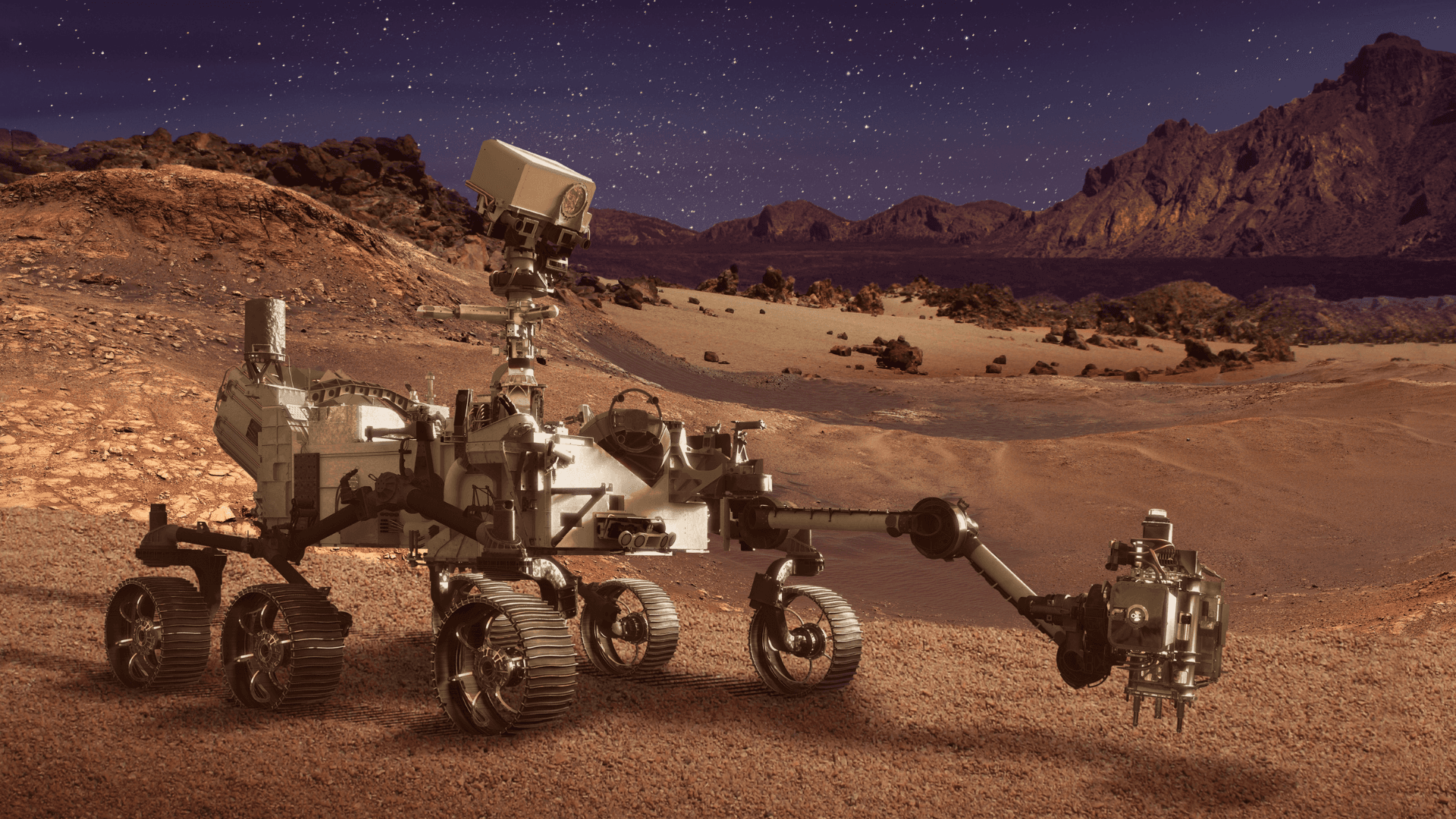
Ambiente potencialmente habitável em Marte é descoberto pelo Perseverance
Dec 20, 2024

As emoções e o corpo humano: conexões milenares nos textos neo-assírios
Dec 20, 2024

Estudo relaciona poluição do ar ao risco de tromboembolismo venoso
Dec 20, 2024
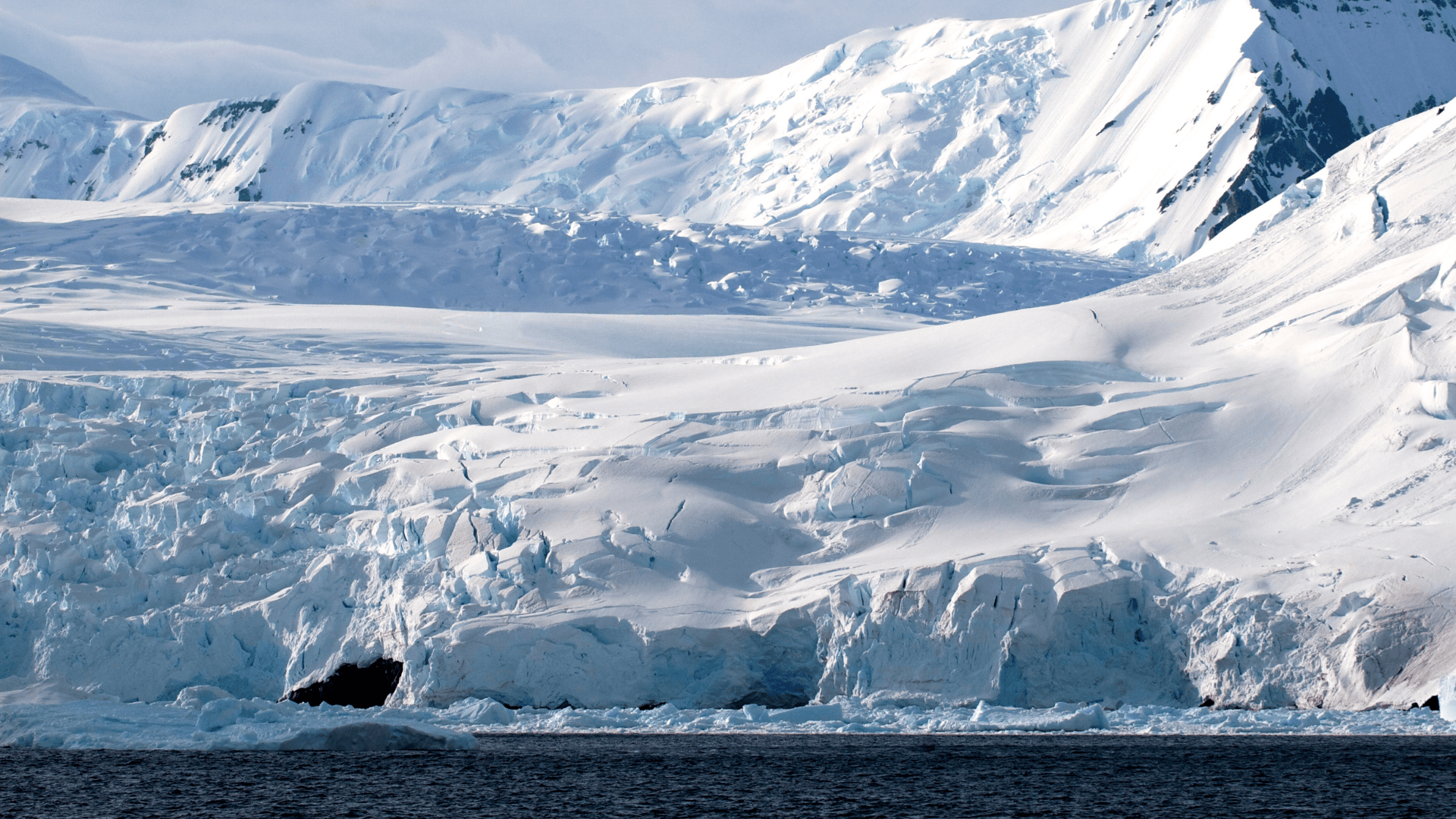
Colapso da plataforma de gelo Conger: alerta para a Antártica Oriental
Dec 20, 2024

Revolução XRISM: novas descobertas sobre buracos negros supermassivos
Oct 15, 2024

Estudo aponta que duplicação do gene AMY1, relacionado à digestão de amido, precede a agricultura
Oct 14, 2024

Nascimentos na UE caem para menos de 4 milhões pela primeira vez desde 1960
Oct 11, 2024

Escavação na Dinamarca revela 50 esqueletos Viking incrivelmente preservados
Oct 10, 2024

Estudo indica maior incidência de asma e rinite alérgica em pessoas nascidas no outono e inverno na Finlândia
Oct 9, 2024

Estudo demonstra semelhanças entre a puberdade de adolescentes da Idade do Gelo e jovens modernos
Oct 8, 2024
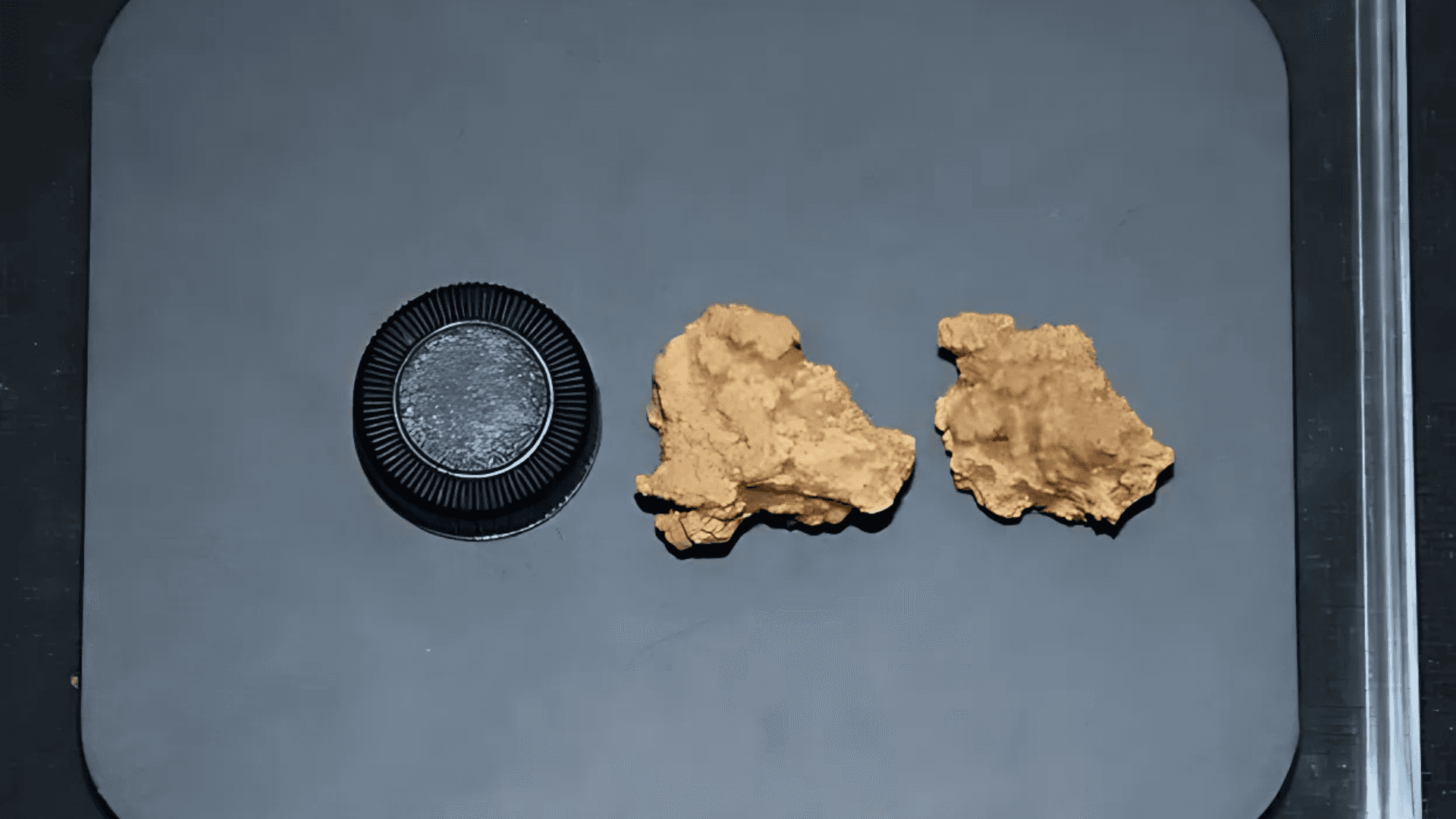
Análise de DNA em múmias chinesas de 3.600 anos revela queijo mais antigo do mundo
Oct 7, 2024
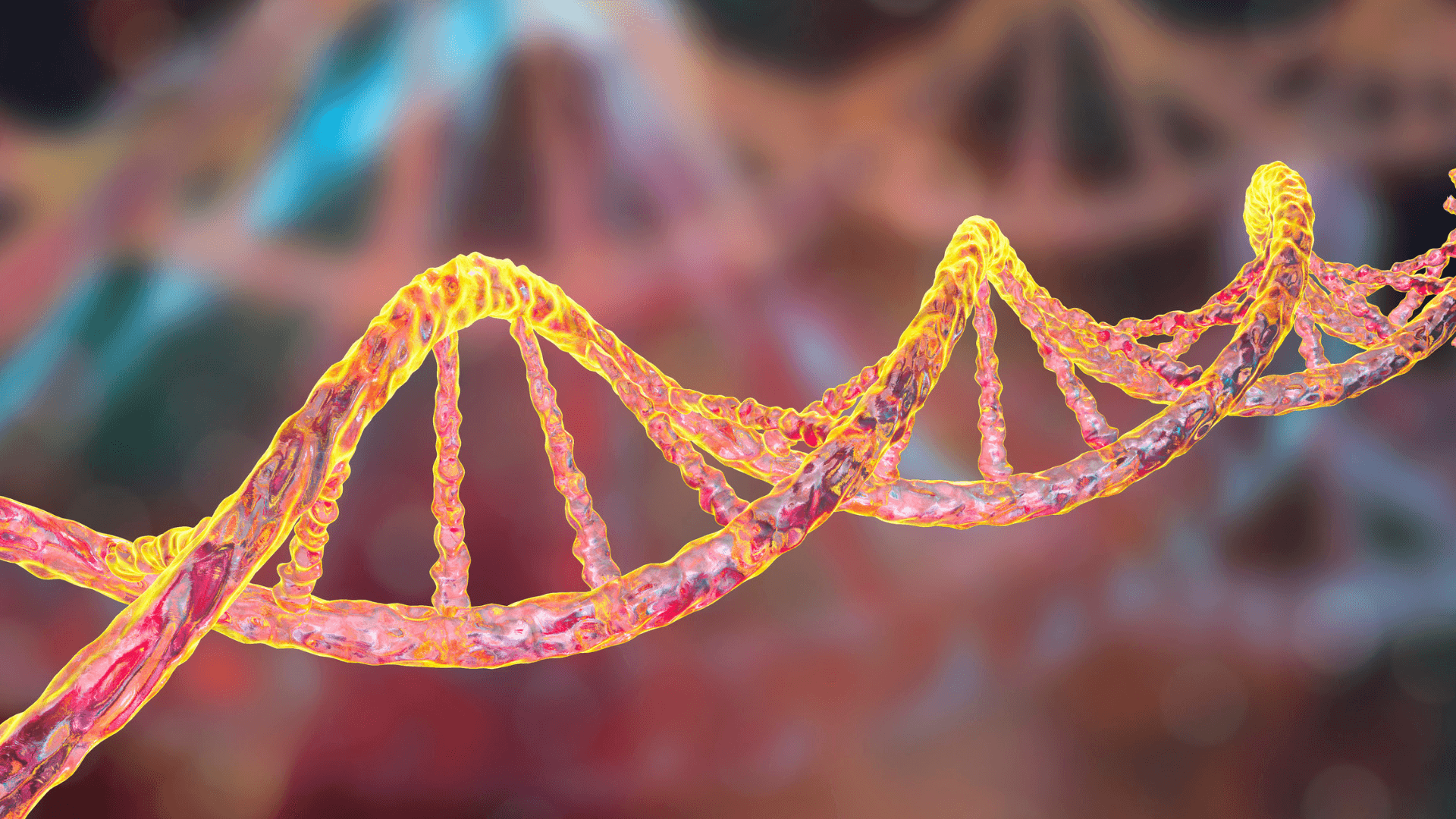
Estudo revela estabilidade genética de populações da África Austral por 10 milênios
Oct 4, 2024
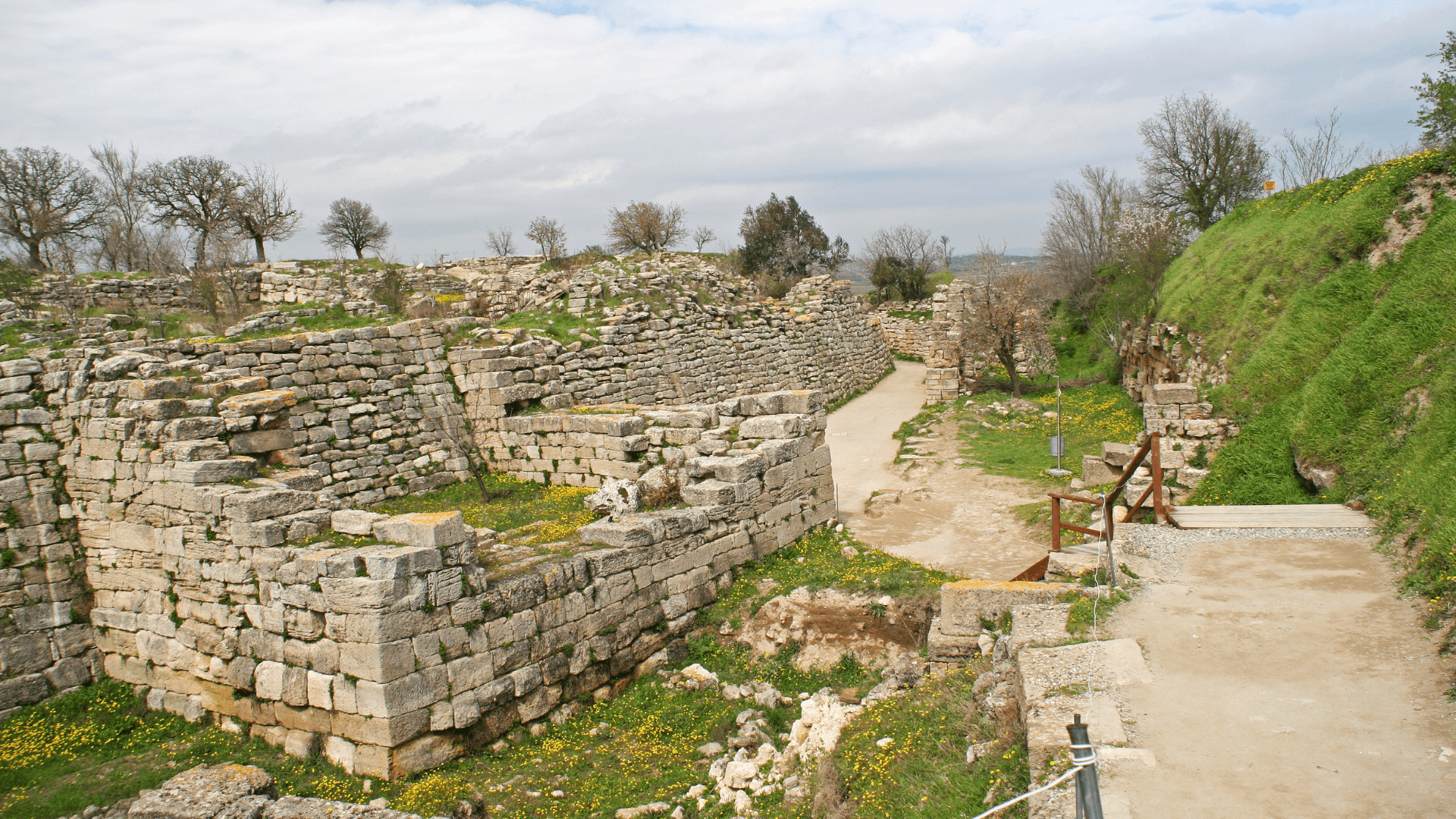
Nove lugares míticos que podem ter existido, segundo descobertas arqueológicas
Oct 3, 2024
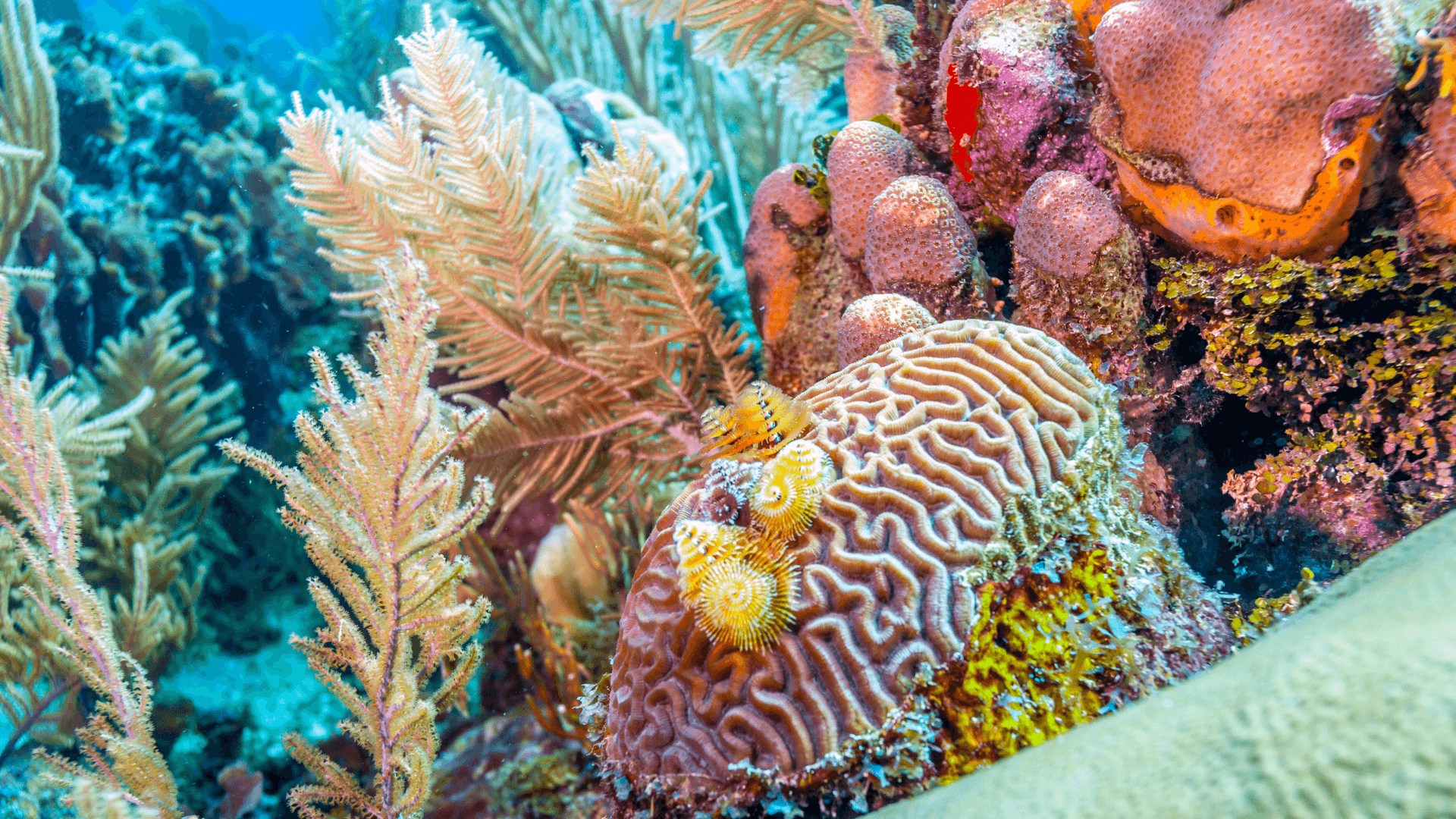
Como os direitos humanos podem salvar recifes de coral e responsabilizar governos
Oct 2, 2024

Relatório da Carbon Brief aponta que 2024 pode ser o ano mais quente da história
Sep 4, 2024

Clima determina a distribuição de mamíferos, revela estudo da Universidade Estadual da Carolina do Norte
Sep 4, 2024
Ver Também
Ver Também
Ver Também
Ver Também

DeepSeek AI: o chatbot chinês que está sacudindo o mercado global
Feb 7, 2025

Estudo revela que a vida social ativa pode reduzir o risco de demência
Feb 4, 2025

Ano Novo Lunar 2025: a chegada do Ano da Serpente
Jan 30, 2025

Nova hipótese sobre a origem dos dinossauros desafia conceitos tradicionais
Jan 27, 2025

Ambiente potencialmente habitável em Marte é descoberto pelo Perseverance
Dec 20, 2024

As emoções e o corpo humano: conexões milenares nos textos neo-assírios
Dec 20, 2024

Estudo relaciona poluição do ar ao risco de tromboembolismo venoso
Dec 20, 2024

Colapso da plataforma de gelo Conger: alerta para a Antártica Oriental
Dec 20, 2024

Revolução XRISM: novas descobertas sobre buracos negros supermassivos
Oct 15, 2024

Estudo aponta que duplicação do gene AMY1, relacionado à digestão de amido, precede a agricultura
Oct 14, 2024

Nascimentos na UE caem para menos de 4 milhões pela primeira vez desde 1960
Oct 11, 2024

Escavação na Dinamarca revela 50 esqueletos Viking incrivelmente preservados
Oct 10, 2024

Estudo indica maior incidência de asma e rinite alérgica em pessoas nascidas no outono e inverno na Finlândia
Oct 9, 2024

Estudo demonstra semelhanças entre a puberdade de adolescentes da Idade do Gelo e jovens modernos
Oct 8, 2024

Análise de DNA em múmias chinesas de 3.600 anos revela queijo mais antigo do mundo
Oct 7, 2024

Estudo revela estabilidade genética de populações da África Austral por 10 milênios
Oct 4, 2024

Nove lugares míticos que podem ter existido, segundo descobertas arqueológicas
Oct 3, 2024

Como os direitos humanos podem salvar recifes de coral e responsabilizar governos
Oct 2, 2024

Relatório da Carbon Brief aponta que 2024 pode ser o ano mais quente da história
Sep 4, 2024

Clima determina a distribuição de mamíferos, revela estudo da Universidade Estadual da Carolina do Norte
Sep 4, 2024